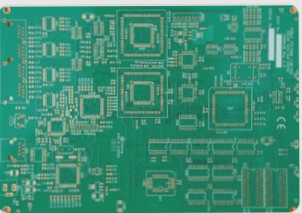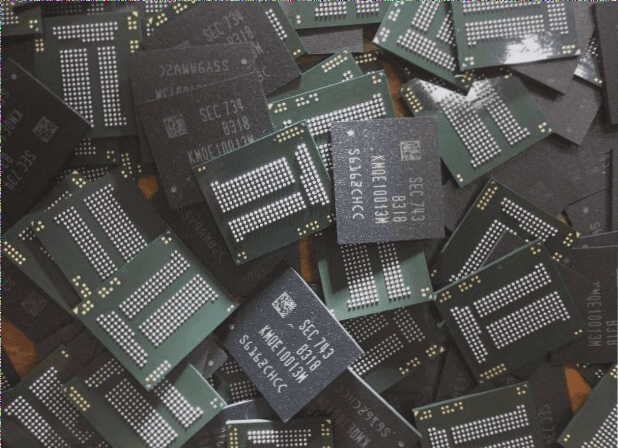Single-Phase Full Converter Design and Operation
In our previous discussion, we delved into the intricacies of a single-phase semi-converter design. Today, we shift our focus to the design of a single-phase full converter. Unlike its predecessor, this converter exclusively utilizes thyristors in a bridge circuit, facilitating the conversion of AC input into DC output with enhanced control over signal levels.
Key Components and Configuration
- The full converter comprises four thyristors: T1, T2, T3, and T4.
- The load connected to the converter is of the RLE type, with ‘L’ representing the inductor, ‘R’ representing the resistor, and ‘E’ symbolizing the emf source.
Operation Overview
The converter’s operation hinges on triggering pairs of thyristors simultaneously. Initially, T1 and T2 are triggered together, followed by the concurrent triggering of T3 and T4 after a π radians interval. This cyclic operation ensures steady-state conduction in the connected load.
Waveform Analysis
The waveform depiction showcases the continuous conduction of the load current, denoted by i0, throughout the operational cycle.
Phase-Specific Operations
Between ωt = 0 and ωt = α
During this phase, T1 and T2 conduct in a forward-biased mode, while T3 and T4 also remain active.
Between ωt = α and ωt = π + α
At ωt = α, T1 and T2 trigger, initiating conduction. Concurrently, T3 and T4 experience a reverse bias, leading to a transfer of current from T3 and T4 to T1 and T2.
Between ωt = π + α and ωt = 2π + α
During this phase, T3 and T4 conduct while T1 and T2 are turned off, facilitating the transfer of load current to T3 and T4.
Power Flow and Voltage Dynamics
The converter operation involves alternating power flow directions between the source and load, ultimately favoring net power transfer to the supply due to the duration disparities in positive and negative power phases.
Output Voltage Analysis
The average DC output voltage is determined by a specific equation, while the RMS output voltage aligns with the input source voltage.
Inverter Mode Transition
Upon surpassing a firing angle of 90 degrees, the converter transitions to inverter mode, generating a negative output voltage and facilitating power return to the source in a line-commutated inverter setup.
The Operation Mode Waveform of an Inverter
Exploring how voltage, power, and current flow in inverter mode provides insights into the functioning of the circuit. The source voltage (VS) is positive from 0 to α, while the source current (IS) is negative, indicating power flow from the load emf, E, back into the AC source. Between α and π, both the source current and voltage are positive, leading to power flowing from the AC source into the load circuit.
Understanding the Turn-Off Time of the Circuit
The turn-off time for the Single-Phase Full-Converter can be calculated using the provided equation, ensuring efficient operation of the circuit.
Key Points to Note
- The single-phase full converter incorporates four thyristors in its design for effective functionality.
- It facilitates the conversion of AC to DC, serving various electrical needs.
- Operating in full mode, the converter’s four thyristors play a crucial role in its performance.
- When the firing angle surpasses 90 degrees, the converter transforms into an inverter, expanding its operational capabilities.
- Detailed equations for output voltage, RMS output, and turn-off time are available for reference in the article.
If you seek further clarification on PCBs or PCBA, do not hesitate to reach out to me at info@wellcircuits.com



